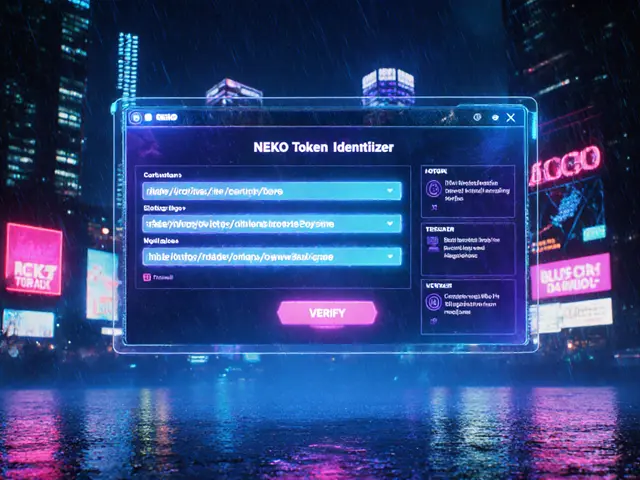
Digital Asset Regulation – What You Need to Know
When talking about digital asset regulation, the set of rules that govern how cryptocurrencies, tokens, and blockchain‑based assets are created, traded, and reported. Also known as cryptocurrency regulation, it shapes everything from tax treatment to market entry. Crypto compliance, the process of meeting legal and regulatory standards in crypto operations sits inside this framework, while specific rules like the EU Travel Rule, a zero‑threshold AML requirement for cross‑border crypto transfers dictate how assets move across borders. In Australia, consumer protection, new licensing and disclosure mandates for crypto service providers adds a layer of safety for traders. Together these elements form a web of obligations that any digital‑asset business must navigate.
At its core, digital asset regulation requires a clear understanding of both the technology and the legal landscape. It encompasses crypto compliance, which in turn demands robust AML/KYC procedures, transparent reporting, and ongoing audits. The EU Travel Rule influences cross‑border digital asset transfers, forcing exchanges and wallet providers to share transaction data with designated authorities. Meanwhile, Australia’s consumer protection reforms set licensing standards that protect users from fraud and ensure platforms maintain sufficient capital.
Why Global Rules Matter for Everyday Users
Even if you’re just a retail investor, these rules affect the fees you pay, the exchanges you can use, and the tax forms you file. Singapore’s crypto licensing framework, for example, offers a tiered approach where small‑scale traders enjoy lighter oversight, while large institutions face stricter scrutiny. Indonesia’s recent shift to treat crypto as a regulated digital financial asset brings new tax obligations and capital requirements. Each jurisdiction tailors its approach, but the underlying principle stays the same: create a predictable environment that encourages innovation while protecting participants.
Understanding the interplay between digital asset regulation and crypto compliance helps you spot opportunities. If a platform meets EU Travel Rule standards, it’s likely to be trusted by institutional players, opening the door to higher liquidity. Conversely, a service that ignores Australia’s consumer protection rules may face fines or shutdowns, leaving users exposed. Knowing which jurisdictions have robust licensing—like Singapore’s Payment Services Act—can guide you toward safer on‑ramps and off‑ramps.
Regulators also use these rules to combat illicit activity. The EU’s zero‑threshold approach means that even tiny transactions trigger reporting, making it harder for bad actors to hide. Australia’s licensing regime requires firms to hold a certain amount of capital, reducing the risk of sudden collapses that leave users with lost funds. These safeguards ripple through the ecosystem, improving overall market stability.
For developers building DeFi protocols, digital asset regulation defines the legal boundaries of token issuance, smart‑contract audits, and liquidity provisioning. In many cases, compliance with the EU Travel Rule means integrating on‑chain identity solutions, while consumer protection laws may require clear disclosures about token risks. Ignoring these requirements can result in regulatory action that stalls projects before they launch.
Investors should also pay attention to how new regulations change market dynamics. A tightening of AML rules in the EU often leads to a short‑term dip in trading volume, followed by a rebound as compliant platforms capture demand. In contrast, relaxed licensing in Singapore can attract new projects, boosting token valuations. Monitoring these trends lets you position your portfolio ahead of major shifts.
Bottom line: digital asset regulation isn’t a static set of rules—it evolves with technology, market behavior, and political pressure. By keeping tabs on crypto compliance requirements, the EU Travel Rule, Australia’s consumer protection reforms, and licensing frameworks in hubs like Singapore and Indonesia, you’ll stay prepared for whatever comes next. Below, you’ll find a curated collection of articles that break down each of these areas, offer practical checklists, and highlight real‑world examples so you can apply the knowledge right away.




